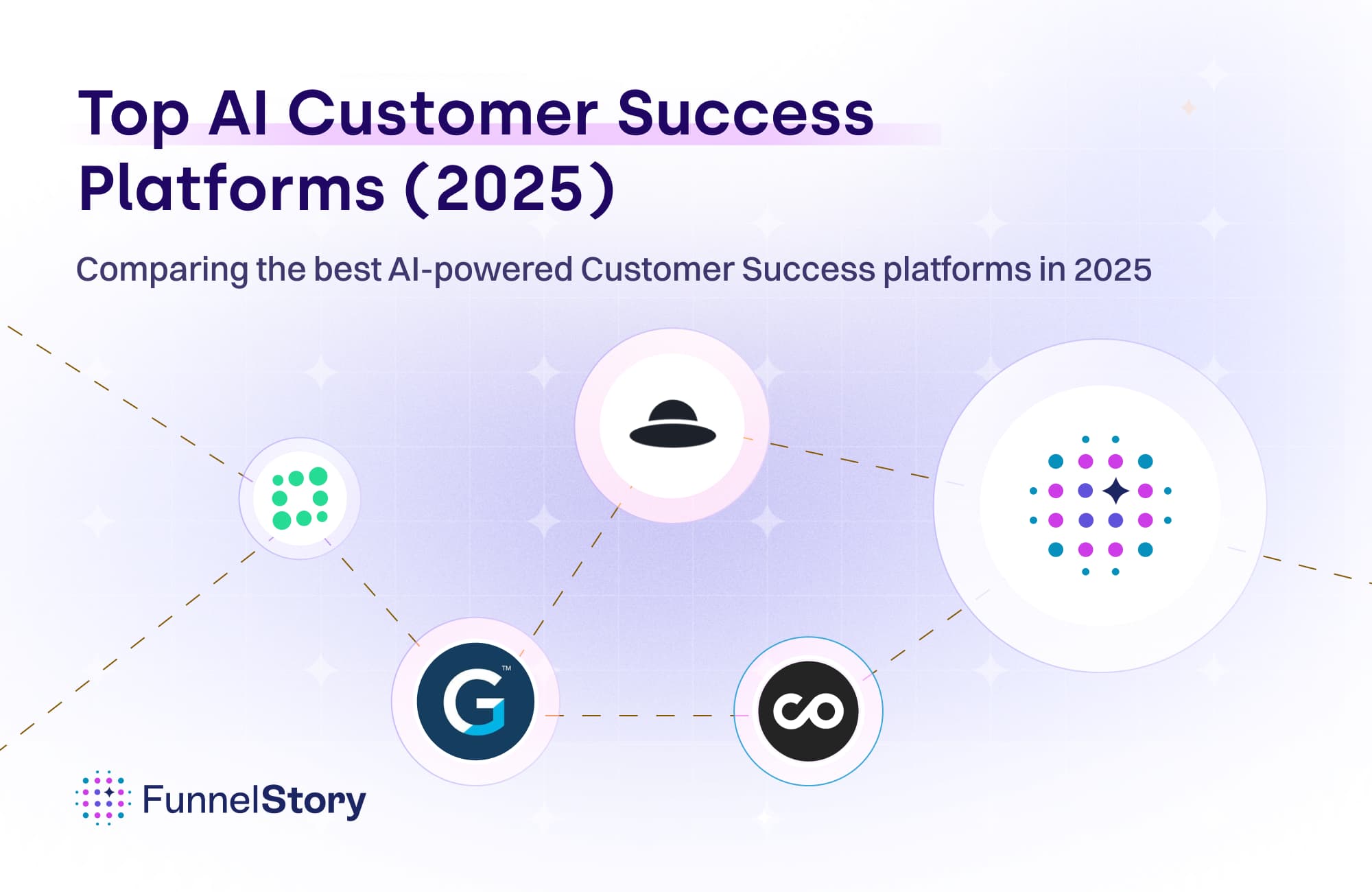In this article
The Rule of 40 and the Changing Landscape with AI
Discover the Rule of 40 in business, balancing growth and profitability. Learn how AI is reshaping the Rule of 40 in SaaS—balancing growth and profitability in the AI era.

By Arun Balakrishnan
Cofounder and Head of Product
Sep 18, 2024
4 min read
Alison Sullivan, EVP at Insight Partners, hosted a session on the topic of Perspective on Revenue Intelligence and AI.
The Rule of 40 and the Changing Landscape with AI
The Rule of 40 has long been a critical benchmark for investors and operators in the SaaS space. It’s a simple yet effective metric, combining a company's year-over-year (YoY) growth rate with its EBITDA margin, with the goal being to hit a combined score of 40 or higher. This balance between growth and profitability helps businesses and investors make informed decisions, especially when determining trade-offs between short-term profits and long-term growth investments.
However, with the introduction of AI, the landscape is shifting. During the session, Alison explored the traditional Rule of 40, how it’s changing with AI, and what companies can expect going forward.
Understanding the Rule of 40
At its core, the Rule of 40 allows companies to evaluate their ability to balance growth and profitability. A score above 40 typically means that the business is on solid footing, managing growth and profitability in tandem. For example:
A growth rate of 30% with a 10% EBITDA margin would meet the Rule of 40.
Hyper-growth companies might have 50%+ growth but lower profitability.
For many businesses, the challenge is determining when to slow down growth in favor of profitability and how to model these decisions.
Efficiency as the Key Factor
Recent trends show that while growth has been flat for many companies, efficiency has become the stabilizing force. Companies are becoming more responsible with hiring, budgeting, and optimizing operations, which is improving their Rule of 40 scores. One clear indicator of this shift is free cash flow, which many companies have worked to improve in line with their efforts to balance growth.
A company's ability to manage free cash flow is now directly correlated with its Rule of 40 score. The more efficient companies become, the better they perform on this key metric, even if their growth is not as explosive as it once was.
The Impact of AI on the Rule of 40
AI is changing the way businesses approach both growth and efficiency. As AI becomes more integrated into operations, many are wondering whether the Rule of 40 will continue to be the standard.
There’s a lot of speculation that new benchmarks will emerge due to AI's ability to supercharge productivity and potentially transform profitability. Some are projecting that the future metric could be 50, 60, or even 70—though no one is quite certain yet. AI’s impact will likely be felt more in efficiency than growth, at least initially. Companies are still figuring out how to commercialize AI effectively. However, AI is already driving productivity gains by automating repetitive tasks, speeding up decision-making, and freeing up human resources for higher-value work.
Monetization vs. Adoption: A Commercialization Challenge
One of the main hurdles for businesses deploying AI is the tension between monetization and adoption. As AI-based solutions become more sophisticated, companies face challenges in determining how to price them. There's an ongoing debate about whether pricing should be based on tasks, tokens, or some other metric, with companies experimenting with various models.
This uncertainty makes it difficult to predict how AI will impact revenue and growth in the short term, but it’s clear that companies leveraging AI for productivity gains are already seeing improvements in their overall efficiency.
AI in Sales and Operations
AI’s impact extends beyond efficiency into sales and operational workflows. Companies have started deploying AI in areas like support ticket deflection and sales enablement, achieving notable success when AI tools are well-integrated into their workflows. However, not all AI implementations are smooth. The quality of data, predefined workflows, and alignment with user needs are critical for success.
In sales, some companies have experimented with AI-driven outbound strategies. While results have been mixed, AI has proven valuable in research and prospecting, even if other aspects of sales automation remain underdeveloped.
What the future holds
AI is undoubtedly transforming the landscape of business growth and efficiency. As companies experiment with AI-driven solutions, the true impact on metrics like the Rule of 40 will become clearer. For now, companies should focus on improving efficiency through AI, while preparing for the long-term effects on growth as AI’s role in commercialization evolves.
Ultimately, the key to success in this new era will be balancing both productivity gains and innovation, all while keeping an eye on how AI reshapes the rules of the game. Watch the full video to learn more about Alison, the current trends in AI and SaaS, and what to expect in the future for SaaS!



